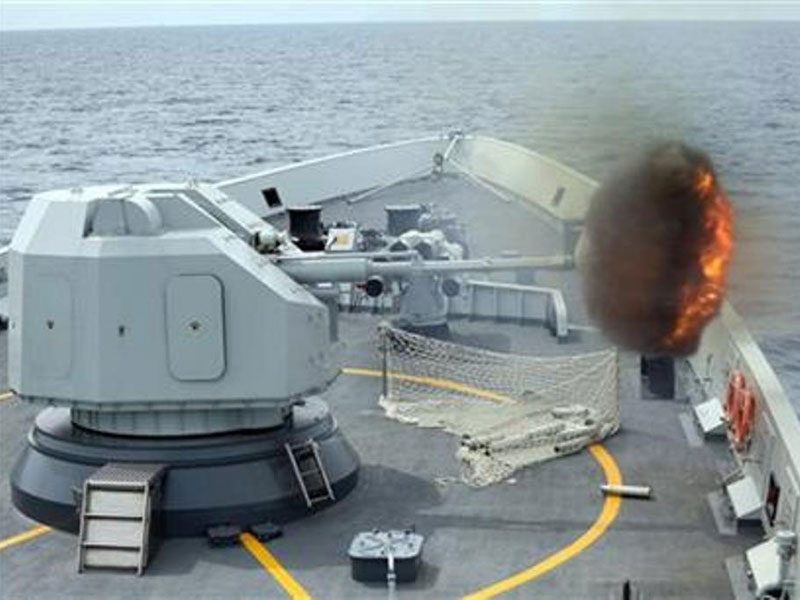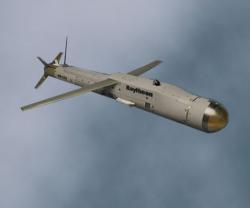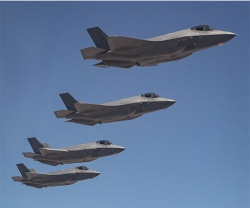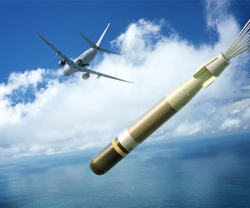The document on China's military strategy said the Navy would be adding “open seas protection” to traditional remit of “offshore waters defense,” while boosting its ability to counterattack and conduct joint operations at sea.
The Air Force, meanwhile, will “endeavor to shift its focus from territorial air defense to both defense and offense,” said the 25-page report, which was issued in English and Chinese at a rare news conference presided over by uniformed officers.
The report's issuance and comments from ministry spokesman Yang Yujun at the briefing followed a formal Chinese protest over an incident last week in which a Chinese Navy dispatcher warned off a U.S. Navy P8-A Poseidon surveillance aircraft as it flew over Fiery Cross Reef, where China has conducted extensive reclamation work.
The incident, documented by a CNN news crew on board the U.S. plane, prompted a testy editorial Monday in the official Communist Party newspaper Global Times that warned that Washington should not test Beijing's restraint or China would have “no choice but to engage.”
China has bristled at what it sees as U.S. interference in the region and says it is within its sovereign rights in developing islands made from sand piled on top of reefs and atolls. The U.S. and many of China's neighbors see the island-building as an upending of the status quo by China to bolster its claims to the region and possibly pave the way for military installations far from its shores.
In one disputed area, the Spratly Islands, U.S. officials say China has created about 800 hectares (2,000 acres) of dry land since 2014 that could be used as airstrips. The U.S. argues that man-made constructions cannot be used to claim sovereignty and is closely watching for signs that China will seek to back up its claims by basing missile systems and fighter aircraft on the newly formed islands.
China lays claim to virtually the entire South China Sea, while Taiwan, Brunei, Malaysia, Vietnam and the Philippines say they own all or parts of it.
The desire to assert its territorial claims is at least partly behind an upgrading of the military to allow China to project power into the western Pacific, Indian Ocean and elsewhere.
That includes the addition of an aircraft carrier, new submarines and surface ships, as well as a more ambitious training regimen such as air force drills in international airspace off the east coast.
Source: AP; Photo: Xinhua
Photo: An anti-surface gunnery is fired on 24 May 2015 from China's Navy missile frigate Yulin during the “Exercise Maritime Cooperation 2015” by Singapore and Chinese Navies in the South China Sea.






















